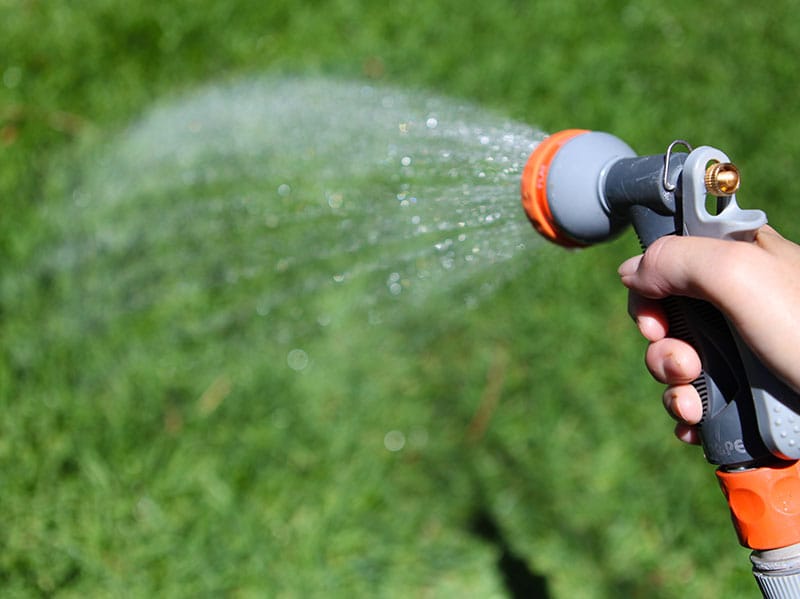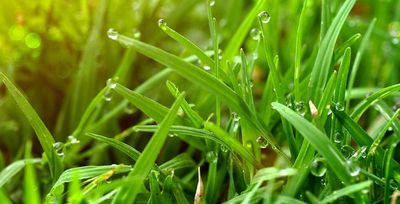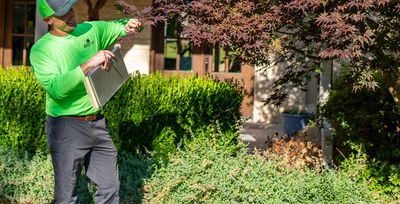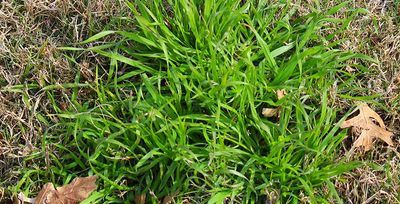How Often Am I Supposed to Water My Lawn?
Achieving a lush, green lawn doesn’t have to be complicated. With the right watering techniques, you can promote deep root growth, enhance drought resistance, and minimize issues like weeds and disease. In today's post, we'll explain how to water your lawn effectively.

Best practices for watering your lawn
To keep your lawn thriving, it’s crucial to water it deeply and infrequently. Aim for 1 to 1.5 inches of water per week, including rainfall. This encourages roots to grow deeper, making your lawn more resilient. Watering early in the morning is ideal because it reduces evaporation and gives grass blades time to dry out during the day, which helps prevent fungal diseases.
It's also important to adjust your watering based on your soil type. For example:
- Clay soils need slow watering to allow absorption and prevent runoff.
- Sandy soils drain quickly, so they may need more frequent watering.
- Loamy soils retain moisture well but should still be monitored to prevent overwatering.
Using a rain gauge can help you track how much water your lawn gets, ensuring you’re not over or underwatering.
Check out our article, Proper Watering Maintenance, for more information.
Common watering mistakes to avoid
Avoid these common mistakes that can harm your lawn:
- Overwatering: This leads to shallow roots, promotes disease, and wastes water.
- Watering during peak heat: If you water in the middle of the day, much of the water will evaporate before it can soak into the ground.
- Frequent, light watering: This encourages shallow root systems, leaving your lawn more vulnerable to stress and drought.
Tailoring watering to your lawn's needs
Every lawn is different, so tailor your watering routine accordingly:
- Under trees: Trees absorb significant moisture, so these areas may need additional watering.
- Sloped areas: Water can run off more easily, so watering in shorter, repeated sessions can help the water absorb properly.
- Weather conditions: Increase your watering during hot, dry spells, and reduce it during cooler, wetter periods.
- Mulch: A thicker layer of mulch helps retain moisture and can reduce the need for frequent watering.
Is your lawn getting enough water?
To check if your lawn is getting the right amount of water, place several straight-sided containers (such as coffee mugs or tuna cans) around your lawn. After watering, measure how deep the water is in each container. This will help you determine if you’re hitting the 1 to 1.5 inches of water each week.
Need expert lawn care assistance?
If you're unsure about your lawn’s watering needs or facing persistent issues, Nutri-Green is here to help. With over 15 years of experience serving homeowners in Collinsville, South Tulsa, Bixby, and throughout Greater Tulsa, our team offers top-notch lawn care solutions to keep your lawn healthy and vibrant.
This blog was originally published on June 20, 2017; it has been updated to reflect the most up-to-date information.

Testimonials



News, Blogs & Articles
Our Blog














